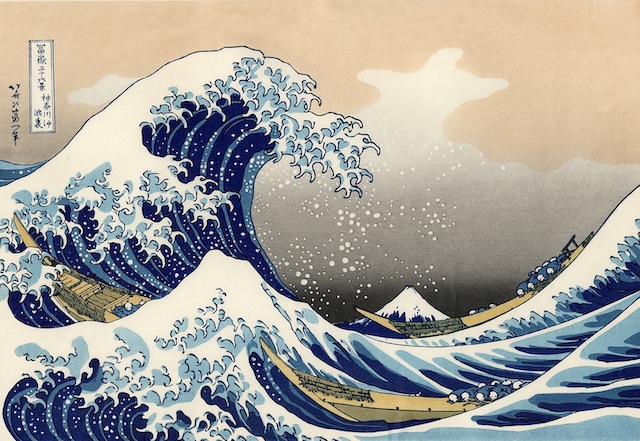Focus on Vaccination
Recently, there has been more government and media attention to coronavirus vaccines as a way to suppress the further spread of the virus.
Japan is set to begin its vaccination process later than some other countries because Japan’s drug approvals require clinical trials involving Japanese people. However, an emergency authorization based on data from other countries is allowed. Vaccines for the 2009 H1N1 flu pandemic were given emergency approval after a three month review.
The government has a contract for 120 million doses of the Pfizer BioNTech vaccine, enough for 60 million of the country’s 126 million people, by the end of June. Pfizer is the only company so far to have applied for emergency approval for its vaccine. Japan also has contracts with Moderna, AstraZeneca and Novavax.
The Japanese government is hoping Pfizer’s vaccine will be approved by mid-February under the accelerated process and is preparing to start an inoculation program in late February.
The vaccines will be provided free of charge andand medical personnel will get top priority followed by older people.
That said, some concern remains among the public regarding vaccines.
Japan has one of the lowest rates of vaccine confidence in the world reflecting the caution and suspicion of the Japanese people about vaccines and potential side effects due to past vaccine-linked events.
The unease has its roots in health and related legal issues associated with a controversial inoculation program that caused the government to revise a vaccination law scrapping mandatory vaccinations.
Finally, the government will have to carefully manage how the public perceives a speedy approval process. The perception that political and economic considerations and the forthcoming Tokyo Olympics prompted a faster approval, could arouse suspicion over whether the vaccines have been thoroughly vetted. An already-skeptical public could undermine the scale and impact of the vaccination program.


